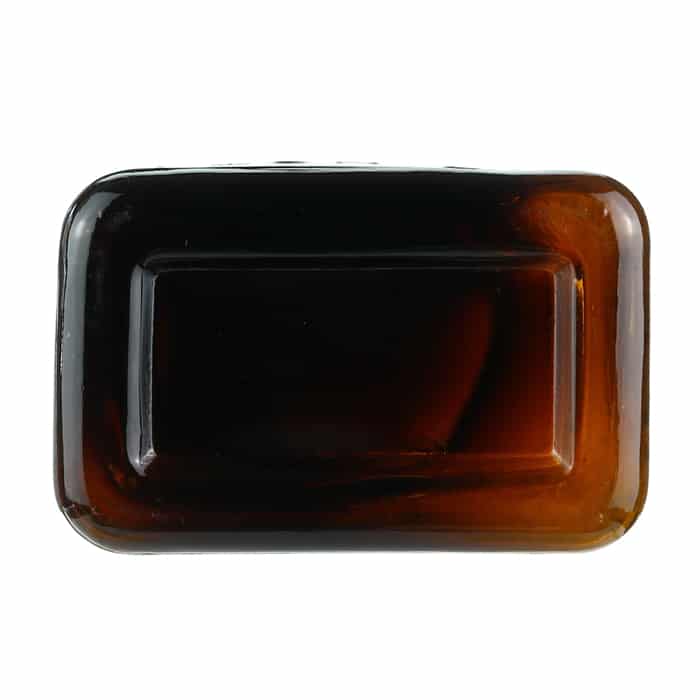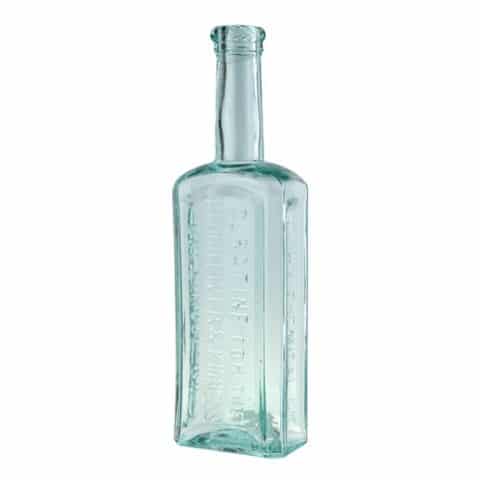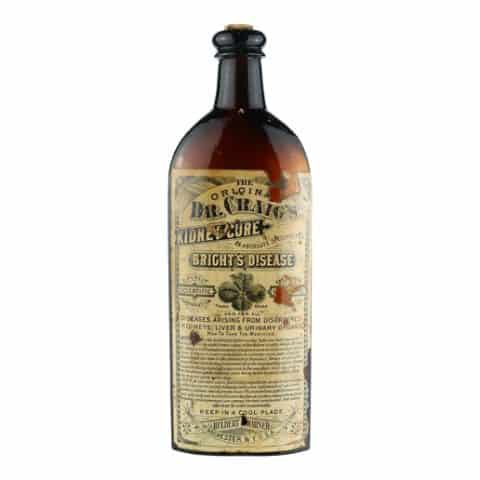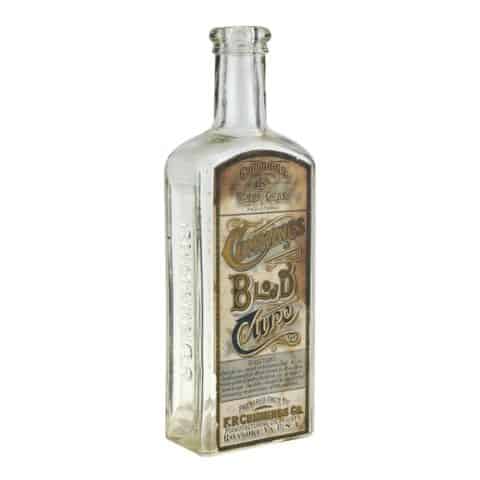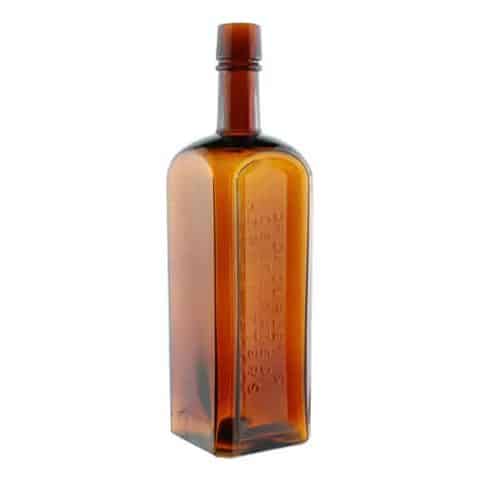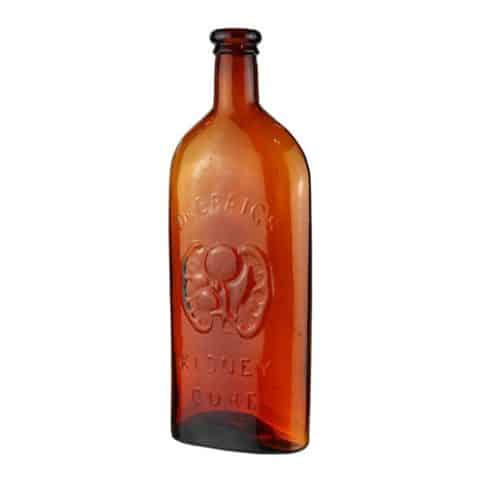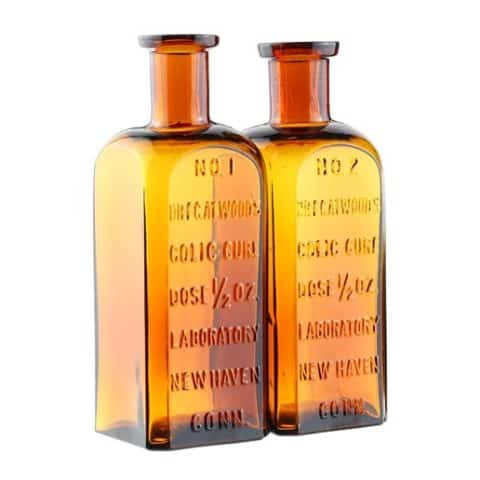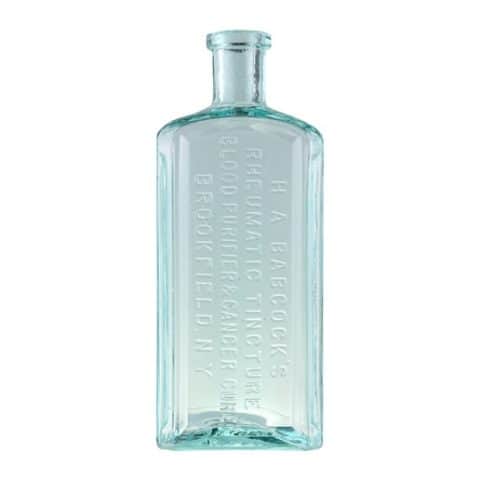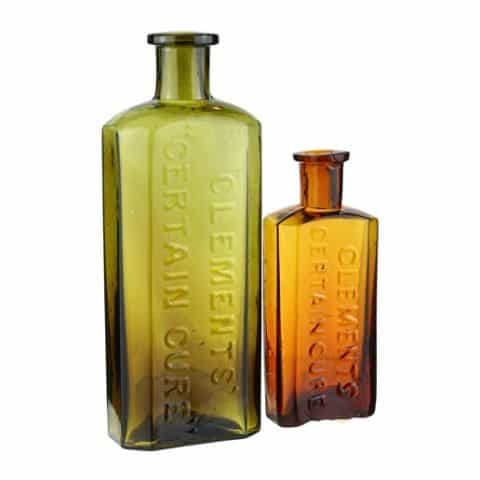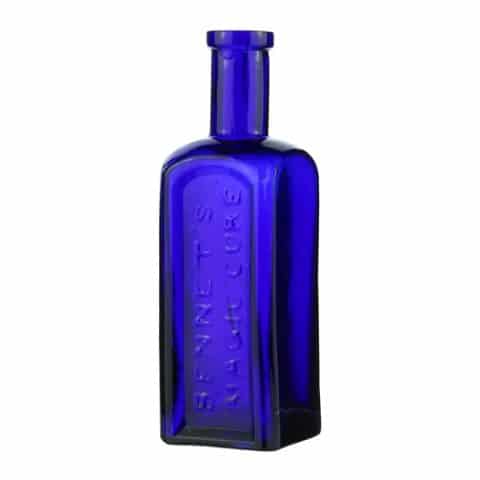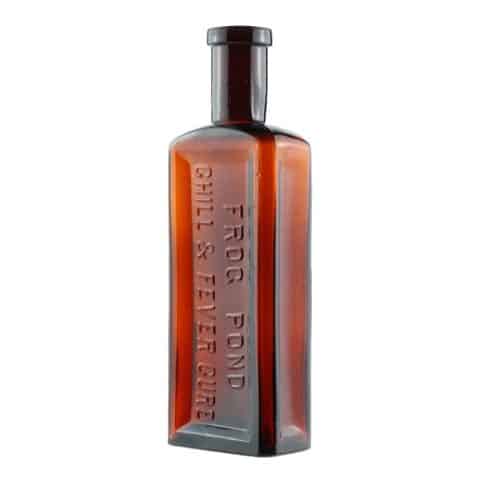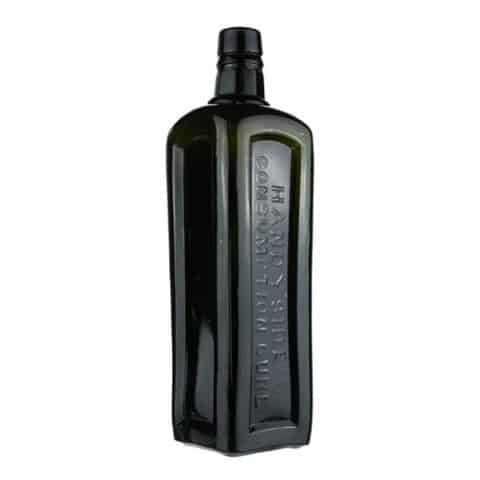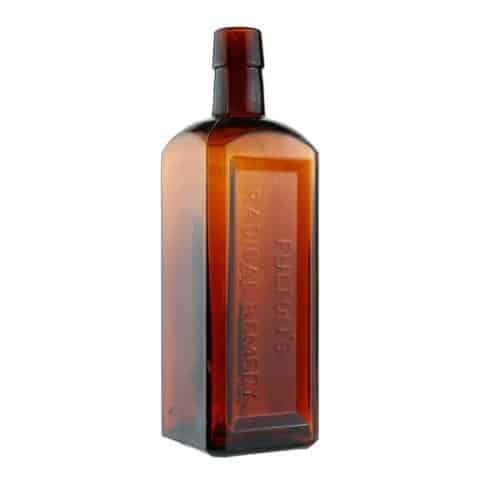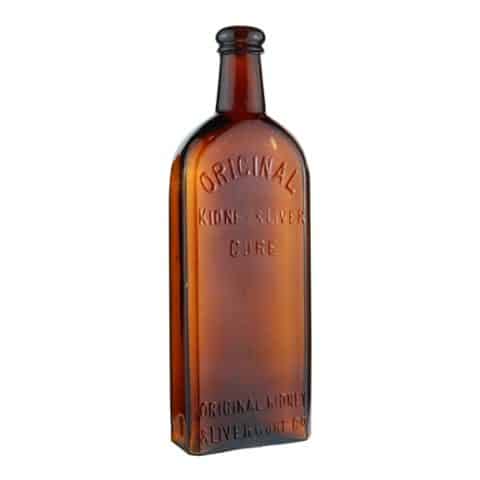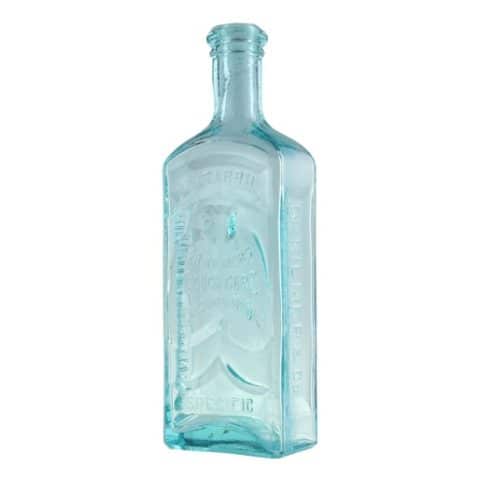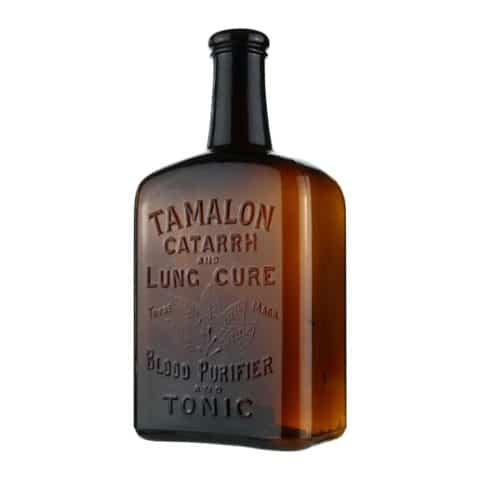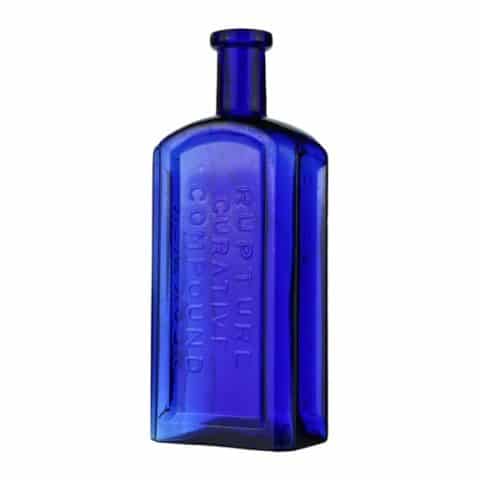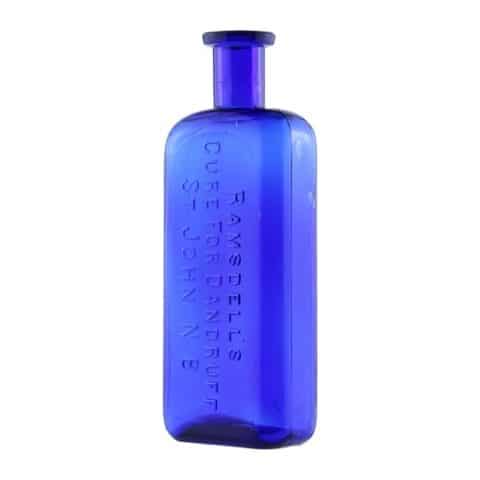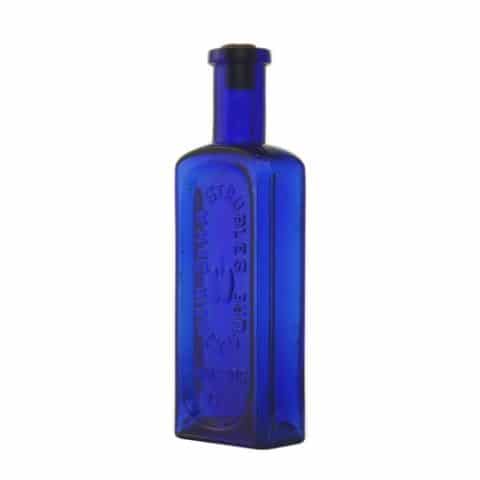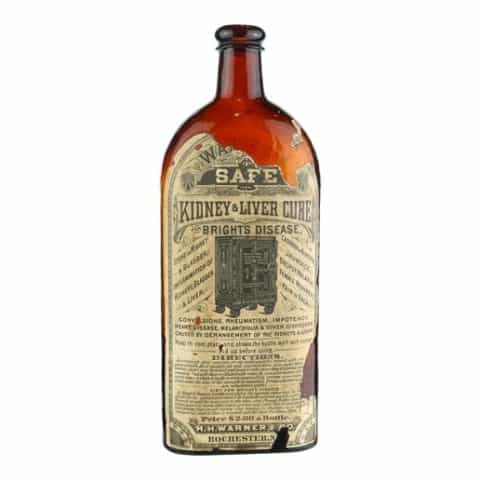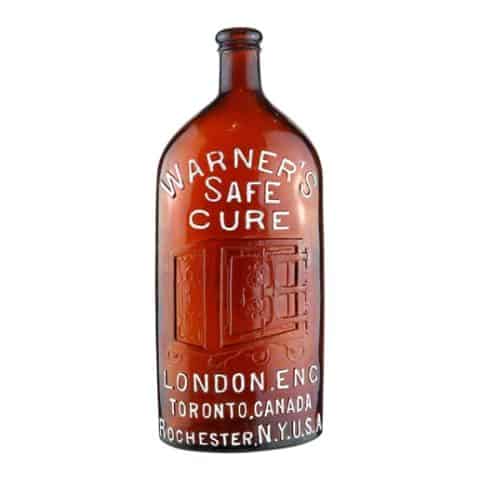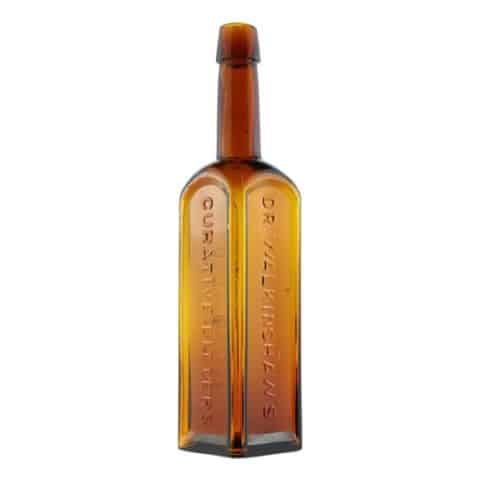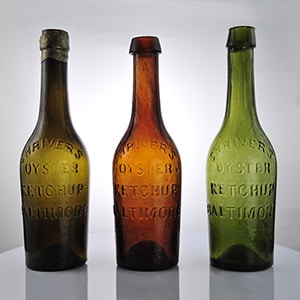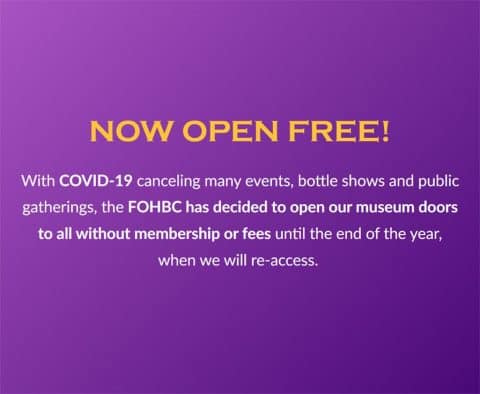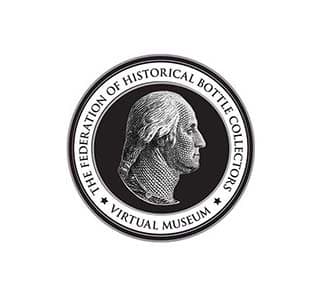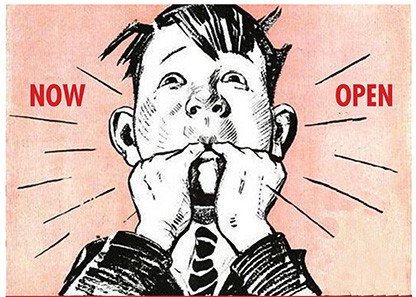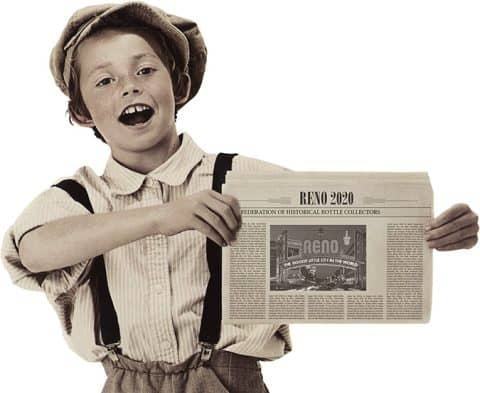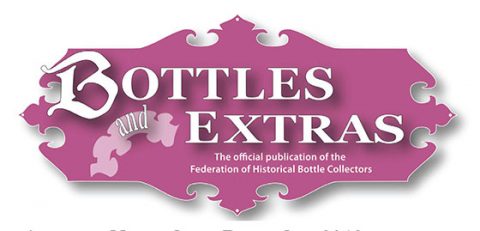Tamalon Catarrh And Lung Cure Trade Mark (Leaf Motif) Blood Purifer and Tonic
Tamalon Catarrh And Lung Cure
Trade Mark (Leaf Motif)
Blood Purifier and Tonic
The Tamalon Medicine Co., St. Louis, Missouri
Rectangular Amber Medicine
Provenance: Bob Jochums Collection
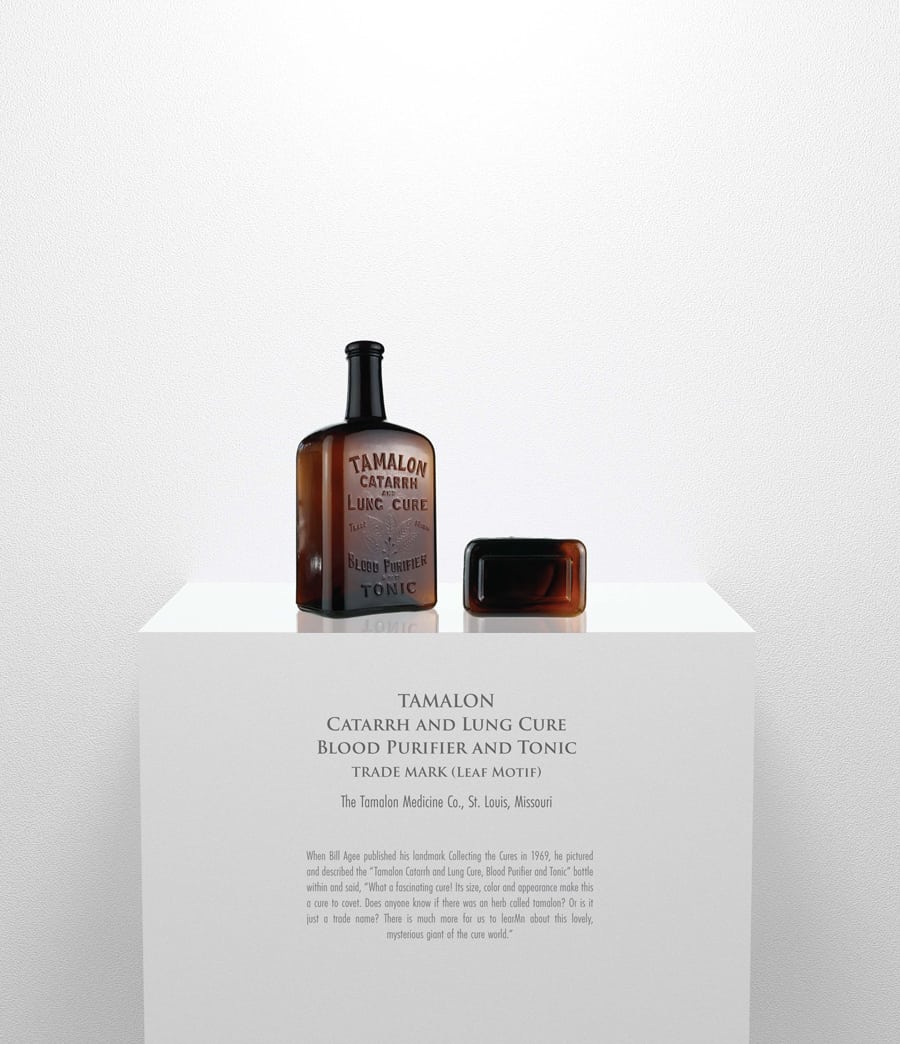
When Bill Agee published his landmark Collecting the Cures in 1969, he pictured and described the “Tamalon Catarrh and Lung Cure, Blood Purifier and Tonic” bottle within and said, “What a fascinating cure! Its size, color and appearance make this a cure to covet. Does anyone know if there was an herb called tamalon? Or is it just a trade name? There is much more for us to learn about this lovely, mysterious giant of the cure world.”
In the May–June 2011 issue of Bottles and Extras, 2011 FOHBC Hall of Fame recipient Bill Baab reported on a Dann Louis–Bill Agee conversation in Regional News: “A memorable story Bill shared with me at the Toledo Expo in 1992 was about how he came to own the Tamalon Catarrh and Lung Cure. He was at a bottle show and an acquaintance came into the show with the 10 ½-inch amber bottle balanced upright on one hand with his index finger in the mouth of the piece. He sold the bottle to Bill for $20. That same day, I bought the bottle from Bill and have enjoyed knowing the story that goes with it.”

Our museum example of a rounded rectangular, amber “Tamalon Catarrh and Lung Cure” bottle is very large for a cure and measures 10½ by 5 by 3¼ inches. The front embossed panel has an abundance of centered copy and graphics that read, ‘TAMALON CATARRH AND LUNG CURE’ in four lines above an embossed leaf motif (five leaves on a branch) flanked by angled copy reading ‘TRADE’ and ‘MARK.’ Beneath the motif is the embossed copy ‘BLOOD PURIFIER AND TONIC’ in three lines. “Tamalon” is set in serifed type and is arched. “Blood Purifier” is under arched. The copy “and” appears twice in a smaller set type. All copy besides “Tamalon” is sans serif. The sides and reverse are plain and may have been where the proprietor placed a paper label. The collar is a round band with a lower and smaller flared band that sits atop a bold tapered neck. The base is smooth. The bottle is considered rare and is ex: Larry Hicks.
The cure was advertised primarily in St. Louis, Missouri, after the turn of the century. The St. Louis Post Dispatch on December 11, 1902, had a brief ad that read, “ARE you troubled with nasal, bronchial or dyspeptic catarrh? It will only cost you $2.50 to thoroughly test the latest and most successful cure. Write for literature and testimonials. Tamalon Medicine Co., 802 S. 4th st.” In April 1903, a Weekly Republican ad read, “Tamalon, the Honest Remedy. All “Tamalon” rebate tickets will be good up to and including April 28, at any drug store. The remedy that will allay inflammation, will cure disease —”Tamalon” does this.” Tamalon Liver Tablets sold for 25 cents. A 20 oz. bottle of Tamalon sold for 50 cents and you could get Tamalon Nasal Douche for 25 cents.
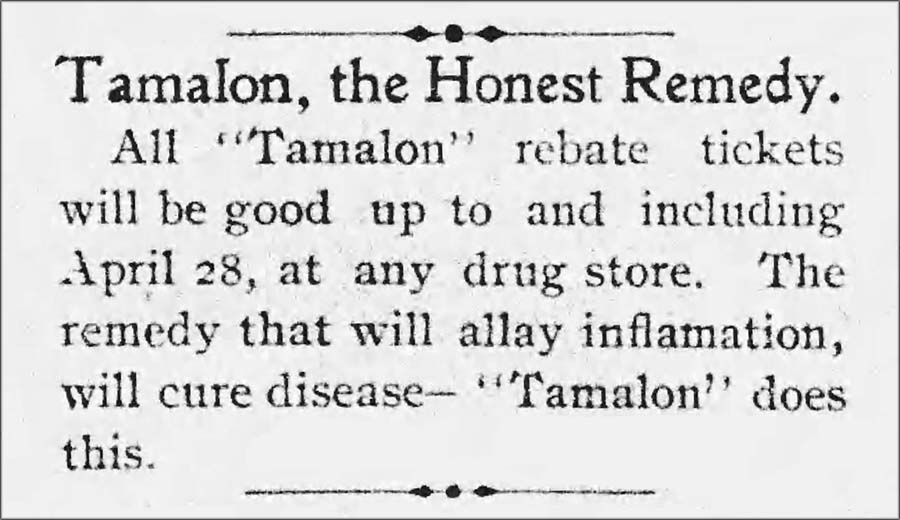
“Tamaron” appears to be a made-up product name that was trademarked. According to trademark authority Eric McGuire, “no federal trademark for Tamalon was found being registered in 1901 or 1902. I doubt if it was filed later than that. It may not have been a “governmentally” registered trademark. I also checked under the name of Perkins with no result as well.”
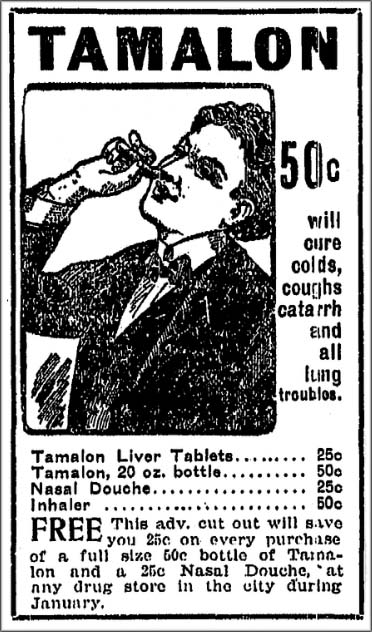
Catarrh is an exudate of inflamed mucous membranes in one of the airways or cavities of the body usually with reference to the throat and paranasal sinuses. The word “catarrh” was widely used in medicine since before the era of medical science, which explains why it has various senses and in older texts may be synonymous with, or vaguely indistinguishable from, common cold, nasopharyngitis, pharyngitis, rhinitis, or sinusitis. The word is no longer as widely used in American medical practice, mostly because more precise words are available for any particular disease.
The Tamalon Medicine Co.
When Charles W. Perkins was born in April 1851 in Louisville, Kentucky, his father, John A. Perkins, was 26, and his mother, Catharine A. White, was 21. He married Cora Ann Knox in Washington, Iowa, on November 25, 1880. Charles and Cora were the parents of at least three sons Edgar Guy Perkins (b: 1881 Iowa), Charles W. Perkins (b: 1898 Missouri) and Leslie J. A. Perkins (b: 1901 Missouri).
In 1896 Charles began working as an agent for the Veronica Mineral Company at 1101 Choteau Avenue in St. Louis, Missouri. In 1902 the Veronica Mineral Company changed its name to Veronica Medicinal Springs Water Company and moved to 1033 Choteau Avenue. That same year, 1902, the Perkins family formed a corporation in St. Louis, Missouri called The Tamalon Medicine Co. with Charles W. Perkins as president, his wife Cora (Knox) Perkins as vice president and their eldest son Edgar Guy Perkins as secretary. Edgar was just 21 years of age at the time.
The Tamalon Medicine Co. is listed in Gould’s St. Louis Directory from 1902 until 1905 at 802 South 4th Avenue, St. Louis, Missouri. During this time, Charles W. Perkins is listed as president and Edgar G. Perkins as its secretary. Then, undoubtedly, due to the 1906 Pure Food and Drug Act, the company disappears from history.
In 1920 Charles W. Perkins was 69 years old, living with his wife and sons Charles and Leslie in Sonoma, California. He was listed as a mineral water salesman. Charles died on December 23, 1934, in California, at 83.
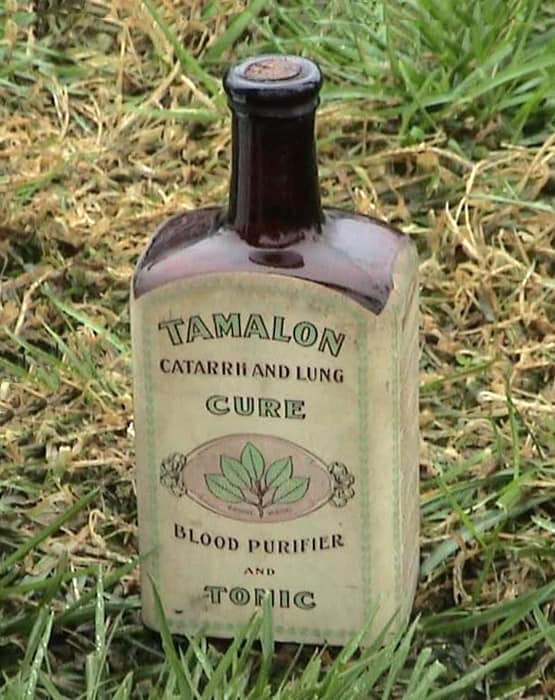
Primary Image: Tamalon Catarrh and Lung Cure bottle imaged on location by Alan DeMaison, FOHBC Virtual Museum Midwest Studio.
Support: Research by Brian Bingham, Oceanside, California, FOHBC Historian.
Support Image: Tamalon Catarrh and Lung Cure bottle from the website of greatantiquebottles.com, the website of Ed and Kathy Gray.
Support Image: Labeled bottle in a smaller size which is just embossed ‘TAMALON.’ – James Viguerie
Support: Reference to Collecting the Cures, Bill Agee, 1969
Support: Reference to The Tamalon Medicine Company, The Pharmaceutical Era, April 17, 1902, page 396
Support: Reference to FOHBC Bottles and Extras, Southern Region News, May–June 2011.
Join the FOHBC: The Virtual Museum is a project of the Federation of Historical Bottle Collectors (FOHBC). To become a member.

